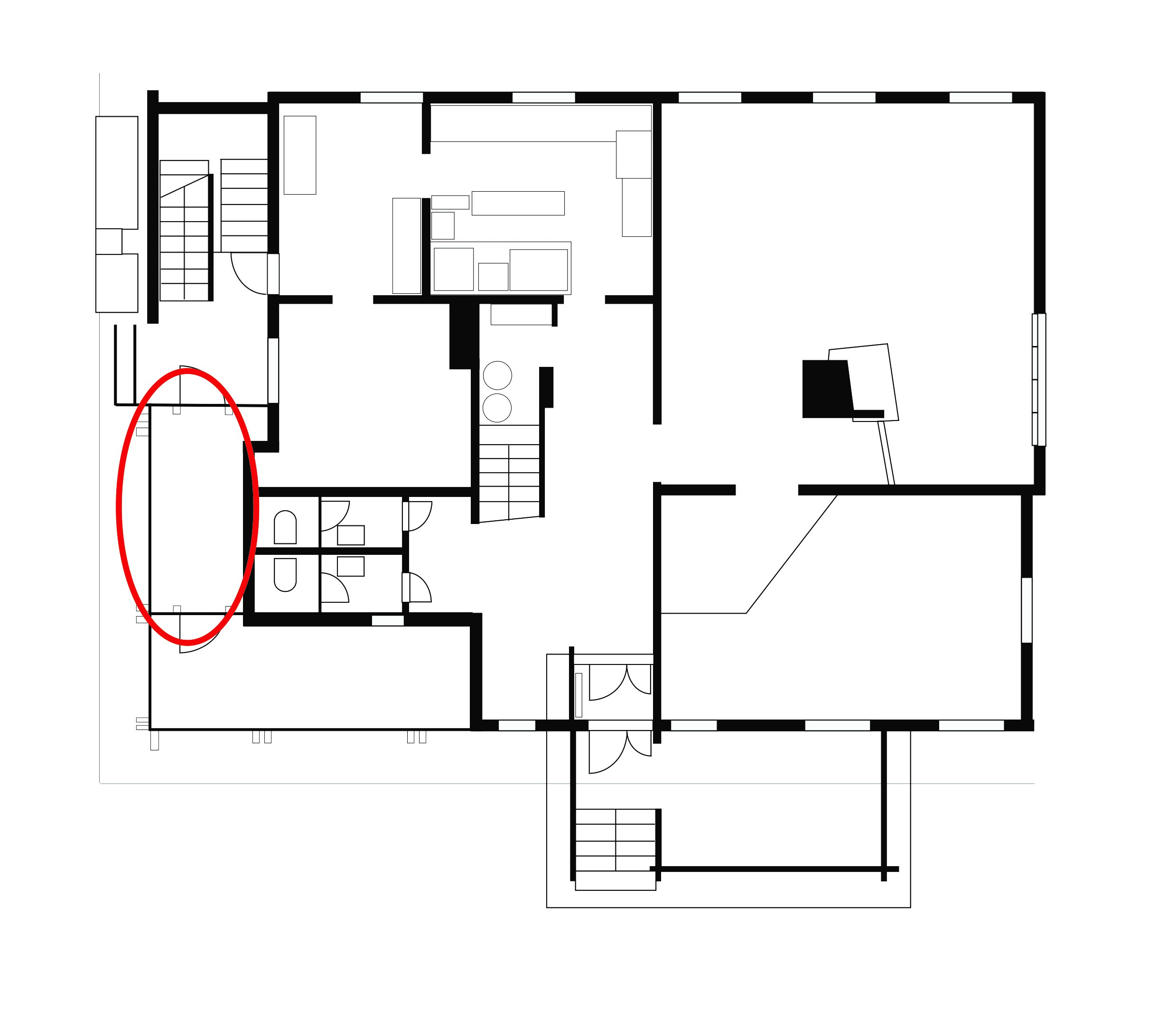Investigation into the Äkäslompolo fire: Safety investigation to take time - chain of events and underlying factors are complex and manifold
The Safety Investigation Authority, Finland (SIAF) is making progress with its investigation into the hostel fire in Äkäslompolo. The fire claimed three lives.
The investigators now have a clearer picture of the chain of events leading up to the fire as well as the time frame. An electrical cause for the fire does not appear likely in the light of the new evidence. A fire investigation dog that visited the scene gave no indication of burning liquids. Electric bike batteries were ruled out as a cause of the fire in SIAF’s earlier press release on account of the fact that there was no charging of bike batteries outside the hostel and no batteries were attached to bikes at the time.
‘The fire started in an unheated shed that was located on the patio at one end of the building. After a process of elimination, the most likely cause of the fire appears to be campfire ashes that had been brought into the shed during the evening. A safety investigation can be described as an audit, and we also look into matters such as how campfire ashes are usually disposed of or strored,’ explains Investigator-in-Charge Timo Naskali.
The ashes had been cooled with snow before they were placed in the shed.
The structure of the shed facilitated the spreading of the fire.
‘At least the roof of the shed appears to have been made of wooden boards. The boards had gaps between them which allowed the fire to spread quickly to the gallery above as we are talking about a building with deck access flats’, Naskali adds.
The shed was unheated and used by a third-party tour operator. The space was primarily used to store various kinds of camping and outdoor gear.
Interviews and gathering of information continue. The actions of the authorities – including steps taken to ensure fire safety – are also always examined in the context of a safety investigation. SIAF has previously communicated that the exact type of fire alarms that were used in the building is not yet known.
‘As the fire started outside the building, it is possible that there was at least a delay in the building’s fire alarms being set off. None of the witnesses we have interviewed so far had heard any fire alarms. Fire safety is one of the issues that we are still looking into as part of our investigation,’ says Investigator-in-Charge Timo Naskali.
The average length of a safety investigation is between nine and twelve months. SIAF will release updates on the progress of the investigation as and when there are new developments.

Further information:
Investigator-in-Charge Timo Naskali, tel. +358 (0)29 515 0740
Z ur Pressemitteilung auf Deutsch [pdf, 186.0 kt]
Published 14.3.2024
